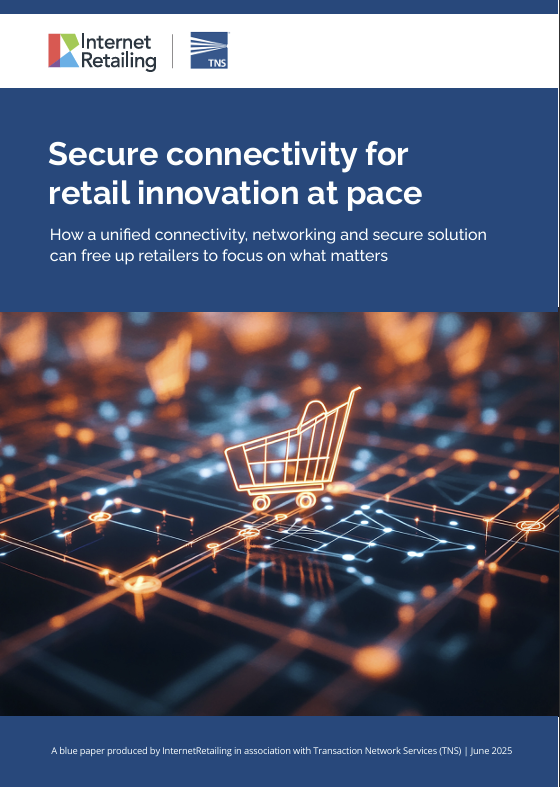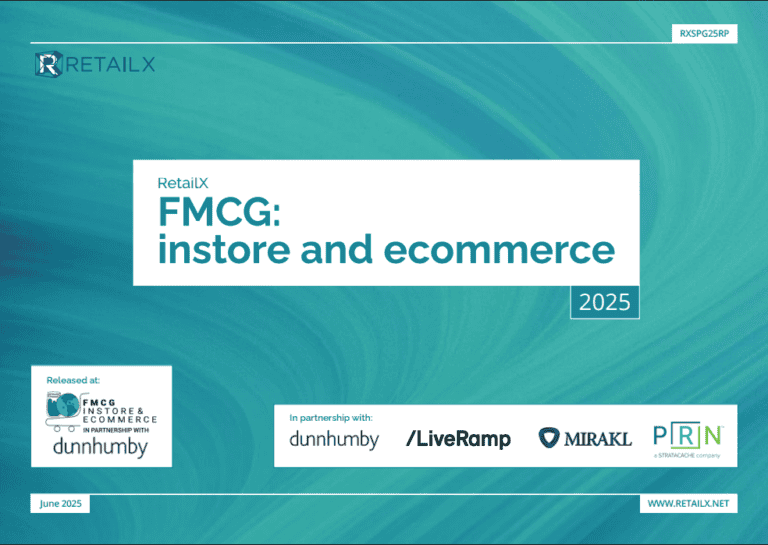Subscription commerce differs from traditional retail because customers expect control and flexibility over their payments.
“Like any commerce strategy, it is essential to implement frictionless checkouts that make it easier for customers to complete their transactions,” says Matt Sherwen of digital consultancy Sherwen Studios.
Research suggests the majority of subscribers prefer monthly payments but significant numbers opt for quarterly or weekly schedules, so retailers should offer a range of payment frequencies to match different customer preferences.
Incorporating one-click payments and multiple payment options – including Apple Pay, Google Pay, PayPal, Klarna, and Clear Pay – will streamline sign-ups and reduce friction. Ensuring credit card payments are fee-free is also key to keeping customers happy.
UPGRADES, DOWNGRADES AND CANCELLATIONS
Handling complex payment scenarios, such as mid-cycle upgrades or cancellations, requires clear communication. Sherwen advises, “It’s about being clear on deadlines with your subscriber base.”
Transparent messaging, via email or push notifications, helps customers understand when changes can be made, reducing frustration. Self-service account management tools are useful for this and these allow subscribers to manage their own upgrades, downgrades, or cancellations easily and independently.
MINIMISING INVOLUNTARY CHURN AND FAILED PAYMENTS
To reduce passive churn from failed payments, it is worth considering a two-step cancellation process and putting in place proactive alerts about payment issues such as card expirations.
“Alerting customers to potential payment issues could prevent significant levels of passive churn,” says Sherwen. One-click re-subscriptions should also be available, making it easy for customers to return if their subscription lapses.
COMPLIANCE AND CUSTOMER PROTECTION
Compliance is an increasingly important factor to be aware of, especially in the wake of the Digital Markets, Competition and Consumers Act 2024, which protects against subscription traps. To manage this, Sherwen recommends moving away from auto-renewals and making cancellations straightforward.
Retailers should be making use of a range of digital marketing tools to remind customers when free trials or discounts are ending. Functions such as allowing time-specific cancellations at sign-up, having in place single-click cancellations with confirmation emails, sending push notifications about upcoming deadlines, integrating subscription platforms with customer service centres for quick support and offering personalisation tools will all help consumers feel like they are being kept in the loop and they’re safe to return at any time.
BUILDING TRUST THROUGH CONSISTENCY
“Reducing churn starts with consistency,” says James Rigg, CEO of Trojan Electronics. For fulfilment, especially in sensitive categories such as baby food, timely and predictable delivery is non-negotiable. “Late deliveries are not just frustrating, they’re disruptive to the customer’s routine. Get it wrong once, and they’ll cancel,” warns Rigg.
While it might be tempting to offer the moon on a stick as compensation, Rigg also remains cautious about substituting or upgrading items without consumers explicit consent: “Subscribers want certainty and predictability, not variety,” he says, “A surprise swap can break trust just as quickly as a late delivery.”
AFFILIATE MARKETING
Affiliate marketing has become a very good way to scale subscription businesses. By 2023, UK brands had invested £1.67bn in affiliate marketing services, generating £20.9bn in online sales, some 10% of all UK ecommerce transactions.
Affiliate marketing for subscriptions might include traditional affiliate partnerships (such as voucher codes, cashback, employee benefits), content partnerships, influencer marketing and brand to brand partnerships.
The payment model is cost-per-action. Partners are paid only when a new subscription is acquired, with commissions set according to lifetime value and customer acquisition cost targets. As brands mature, they can use affiliate programmes to win back lapsed customers and segment audiences by behaviour and demographics.
Success in retail subscriptions hinges on making payments flexible and frictionless, communicating clearly about changes, ensuring reliable logistics, and using data-driven marketing.
Consistency and transparency build trust, while strategic partnerships fuel growth, making the subscription model a win for both retailers and their customers. Put simply, the easier you can make the process, the better.
This is an excerpt from the RetailX Subscription Report 2025 provides an in-depth look at the ever-evolving subscription economy, offering retailers a roadmap to tap into this growing trend.
Whether it’s curated meal kits, fitness programs, or access to exclusive digital content, the subscription economy is reshaping how consumers engage with brands—and this report aims to help you harness its potential.
Subscribe!
Our editor carefully curates two InternetRetailing newsletters a week filled with up-to-date news, analysis and research. In addition to this, there is a dedictaed mailer focusing on the subscription economy with detailed commentary from Heyl every second Wednesday – click here to subscribe to the FREE newsletter.
And why not follow us on LinkedIn to receive the latest updates on our research and analysis.










